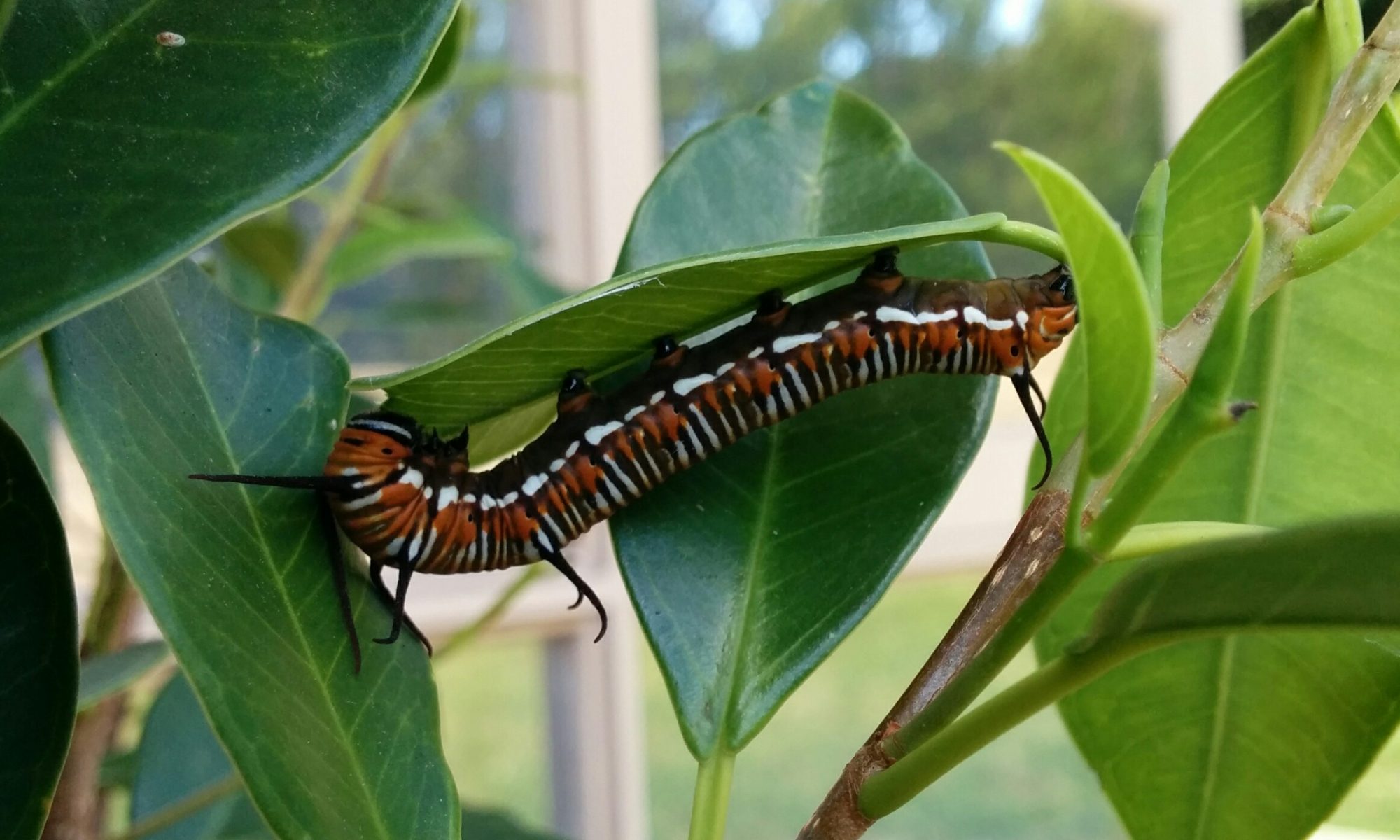National Science Week is the perfect time to immerse students, families, and curious minds of all ages in nature-based science adventures. I’ve got some ideas below to spark your curiosity!

Dive Into Virtual Excursions & Online Classes
Even if your students can’t head outdoors, they can still journey into compelling environments:
- Science trivia: 1pm on Wednesday 13 August: Test your knowledge of the ologies – a subject of study. 1pm on Thursday 14 August: Test your knowledge on the Animal Kingdom.
- My Journey Beneath the Waves: Explore Sydney’s rocky reefs, kelp forests, and sponge gardens through live virtual excursions. Perfect for discovering marine biodiversity and fragile coastal ecosystems.
- What’s in Your Backyard: Turn your own backyard into a science lab. Investigate local wildlife by observing animal signs and traces—learn about the creatures that call your neighbourhood home.
- Life on Earth: Travel back 4.6 billion years and explore Earth’s geological history through fossils and ancient Australian animals.
Hands-On Science: Experiments at Home or School
Ignite wonder with DIY experiments using everyday materials:
- Eruption Volcano: Create a mini volcano using baking soda and vinegar to simulate eruptions—scientifically fun and visually exciting.
- Strawberry DNA: Have science fun by extracting DNA from a strawberry. DNA is in the cells of every living thing and is found in structures cell called chromosomes. Discover these building blocks of life in your kitchen.
Check out these fun and educational science experiments. Create some amazing experiments using some simple household ingredients. Make sure you have an adult helping too.
Citizen Science: contribute to real research
Empower young learners by letting them contribute to meaningful science projects. Students can engage in wildlife monitoring and environmental data collection. Many projects are supported by the Bureau of Meteorology and local institutions—perfect for hands-on learning and scientific discovery.
CSIRO Wild Watch
CSIRO Wild Watch calls curious minds – young and young-at-heart – to connect with nature and form a nationwide team of citizen scientists. Young people, schools, community groups and families can head outdoors, observe local flora and fauna, and contribute valuable biodiversity data for Australian research.

Help track Australia’s biodiversity and add your observations to the iNaturalist app.
Themed Explorations: Deepen the Learning
Frame your activities around key environmental themes and integrate discussion, reflection, and action:
- Biodiversity & Habitats: Activities like “Create a Frog Hotel,” “Make an Insect Hotel,” or building a wildlife garden are both science-rich and creative. Australian Environmental Education
- Water & Rivers: Celebrate World Rivers Day by exploring river ecosystems and discussing river conservation. Australian Environmental Education
- Threatened Species Awareness: Commemorate Threatened Species Day (September 7) by learning about endangered Australian species and brainstorming ways to protect them— perhaps even creating wildlife-friendly backyards. Australian Environmental Education
Tips for Educators, Families, and Science Champions
- Blend formats: Mix hands-on experiments, virtual experiences, and video storytelling for varied and inclusive learning.
- Localise the science: Use backyard observations or citizen science tied to your region to make content personally relevant.
- Extend into cross-curriculum links: These activities align beautifully with environmental studies, Earth science, literacy, and creative arts.
- Share the excitement: Encourage students to present findings via posters, presentations, or online platforms like blogs or class socials.
National Science Week is a celebration of curiosity, discovery, and environmental stewardship. With these dynamic resources you can inspire a love of science, empower learners of all ages, and nurture the next generation of environmental explorers.
